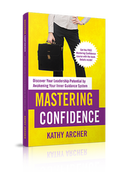0 Comments
When you pause and notice what you are actually thinking, you may have realized that the thoughts you are thinking are not exactly helping you get to where it is you want to go. AND you may have realized that you are not quite sure what to do about that. I mean really, it’s not as if you just snap your fingers and they are changed forever. I wish! The trick is to change your perspective. It is to alter the lens through which you are viewing the challenge in front of you, the relationship that is frustrating you or changing how you see yourself. Shifting Perspectives Shifting your perspective takes a bit of practice. Once you train yourself to alter how you see things, you’ll get better at doing it more quickly. There are two things you need to have when you want to start changing the perspective of your thoughts
You need to hope you can change your thoughts and you need to develop a plan to do that. Let’s break that down more. Hope Before I explain a bit more about hope, let me first let’s define optimism. We often get the two confused. When you are optimistic, you believe that your future will be better than your present. It’s good to be optimistic
When you turn optimism into hope, you take it one step further. Hope is not only believing your future can be better than your present. Hope is also understanding and accepting that you have a role in making your future better than the present. Rather than just waiting to see what happens, hope helps you to make it happen.
3 parts to HOPE To cultivate this kind of hope, there are 3 parts to consider; goals, confidence, and pathways. First, identify your goal. Your goal is your future desire. But it’s less about out there…and more about inside of you. What is the different inner experience you are looking for? In the context of what we have been talking about for the last few weeks, your goal is to have different thoughts. You now know that when you change your thoughts, it will change your experience of things. In the second example above, the goal is not a rain free adventure. That is something that is outside of your control. Instead, your goal is to feel a sense of joy when you and your family are at the park despite the rain. The goal is inside of you: joy. Next, consider your level of confidence in yourself. Do you believe in yourself and your abilities to change how you think so that you will get a different experience? Can you find joy despite the rain? Can you create fun and enthusiasm in those around you and turn the puddles into games? The question is, do you really believe you can change your thoughts and that by doing so you will change your experience. If you don’t believe that, you are not going to find that sense of joy you are looking for. Finally, plan your pathway. What route are you going to take to achieve that goal? What will you need to do, again, think inside of you, to get there? Your plan might be that before heading out on the trip, you dig out the rubber boots. You may also pack and an extra set of clothes. But it is more than the outside planning here; the key is to plan how you will change your thoughts. You could design a shift in thinking from “This is not going to go well” to “What can make this fun for us?” he “If/Then” Plan As you look at your pathway to get to that different experience, you may notice some potential bumps along the way;
When you are planning this shift in thoughts and experience, take those potential obstacles into account and plan for them. If my child gets cranky, then I will remind myself to take a deep breath helping me to respond more calmly rather than reacting with frustration. Use the If/then formula to plan ahead for how you will respond (conscious choice) rather than react (getting hijacked by emotions and events). If this happens... then I will… Another Example Let’s look at the scenario of a meeting with the annoying co-worker.
Hope + A Plan = The Ability to Change Your Thoughts & Thus Your Experience
Cultivating hope and developing an if/then plan are important factors to building the skill of shifting your perspective. Remember, this takes time and practice. When you start to change the filters through which you see problems, others and yourself, you will start to experience them differently. Define the outcome you want, your goal. Believe you can, your confidence. Decide what you will do, if something goes wrong, your plan. Hope you can change your future, by taking back reasonability for your thoughts. One-step at a time my dear, one step at a time!
Thoughts, a voice in your head, monkey brain, or mind chatter. We call it many things, but it’s all the same. It is the conversation or monolog we are having with ourselves inside our head. What you need to know about that mind chatter is this:
MIND CHATTER is there: We all have thoughts; the majority of them are unconscious. It is the thoughts we are oblivious to, that often lead to experiencing our lives in ways we don’t want. For example, many of us don’t realize that via our inner thoughts, we have been convincing ourselves that we can’t handle our overwhelming responsibilities, appointments and to do’s. Yet, if you stopped and paid attention to your thoughts you might hear your mind repeating similar phrases like a broken record:
MIND CHATTER rules your life: What you think about creates your experience of life. Or…what you expect, you get. It is those unconscious expectations that you are setting for yourself that make you feel the way you do. In the example above, your unconscious thoughts of overwhelm gave you the experience of feeling incompetent in handling your day. When you have those repeating thoughts in your mind that are reminding you that you can’t handle it, you create your sense of overwhelm. That draws your attention to notice everything that goes wrong, every second “stolen” from you and each extra task added to your list. You can manage your MIND CHATTER: When you become more aware of your thoughts, you can choose what you are thinking. Those different thoughts shift your experience. Once more, using the example above, you could begin to manage your thoughts about your day. Instead of the catastrophic thoughts that you have about your overwhelming day, you can catch yourself going down that path and turn a different way. By choosing instead to think about your ability to handle things and to be alert for opportunities, you change your experience.
When you become more conscious of your inner thoughts and then shift them, you also find you experience your day differently. You didn’t necessarily change anything going on outside of you; you shifted your thought about what was going on outside of you. The tasks, meetings, and duties are still there; they just have less power over you. Shifting your mind chatter leave you feeling more in control and on top of the priority projects; not everything, but you know that it’s the true priorities that matter at the end of the day. The tools to managing your thoughts:
Developing an awareness of your mind chatter helps you to manage it. When you manage your thoughts, you manage your life. It is by handling your inner world that you create the experience in the outer world that you desire. Remember, what you need to know about that mind chatter is this: it’s there, it rules your life, and you can manage it. |

Available on Amazon
Archives
March 2024
|
|
Leadership TRAINING for Nonprofit Leaders
Become a confident and competent nonprofit Leader: Join The Training Library membership Executive and Leadership COACHING Leadership Coaching for Nonprofit Executives, Leaders and ManagerCoaching |
PODCAST for Nonprofit Leaders
The Surviving to Thriving podcast: Strategies, systems and support to lead your nonprofit with confidence FREE RESOURCES to Grow your Leadership Skills Free Leadership Training Resources, Worksheets and Templates |
Become a CONFIDENT LEADER
|

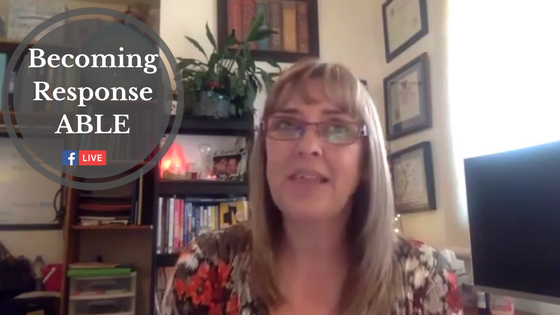

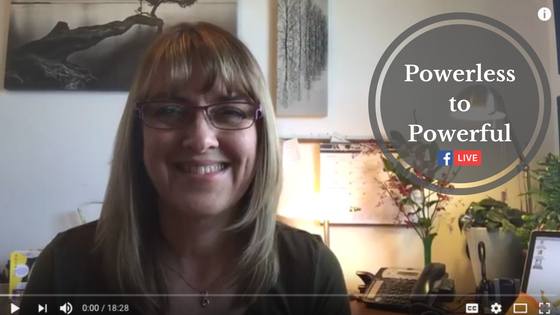



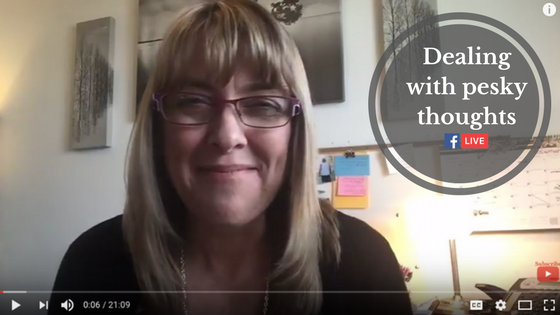




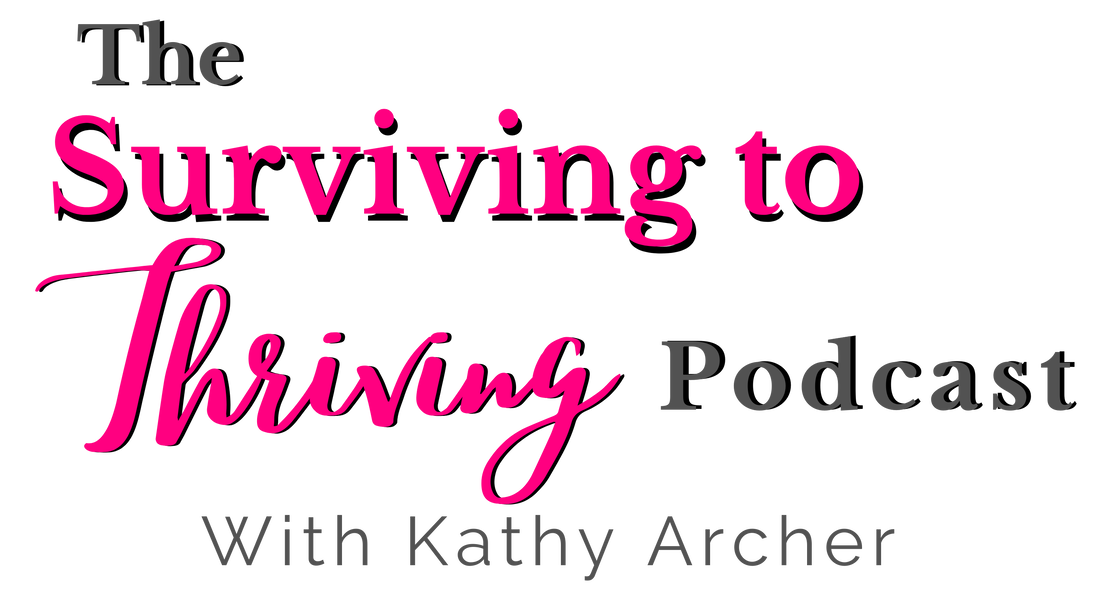
 RSS Feed
RSS Feed
